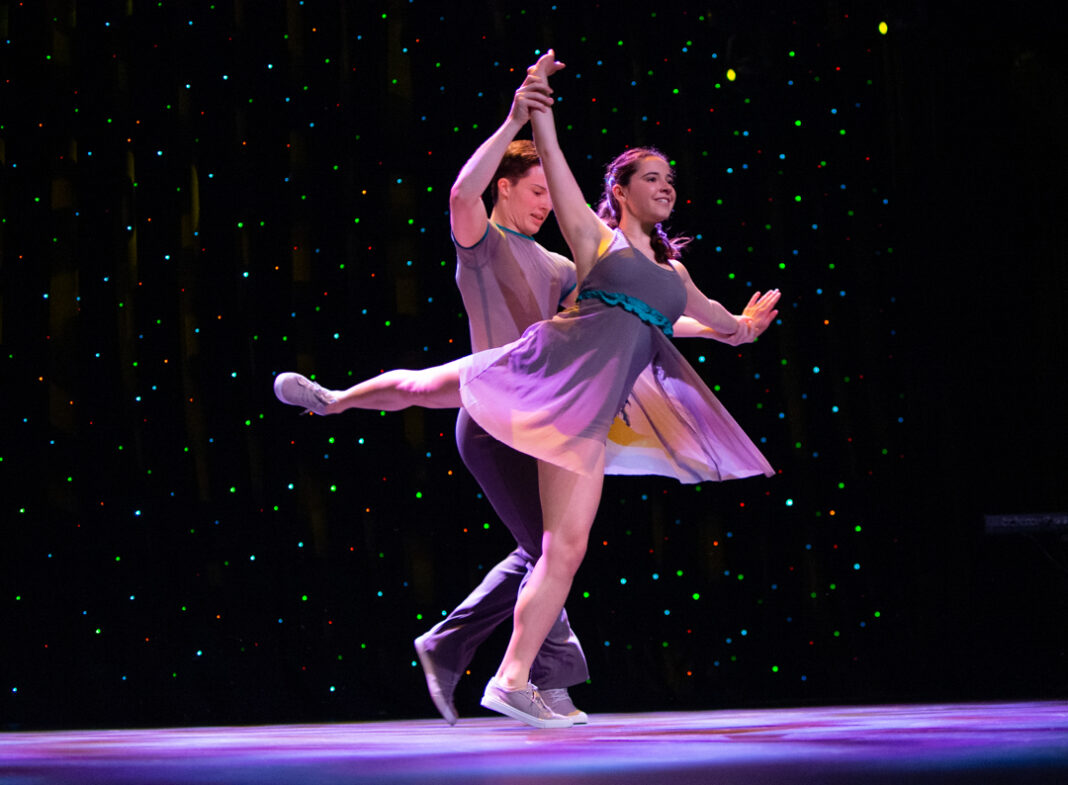By Lauren Anderson -Aug 7, 2020 12:03 pm
One-third of those employed in the arts, entertainment and recreation sector filed initial unemployment claims in the first five months of the COVID-19 pandemic in Wisconsin, making it one of the hardest-hit industries in the state, according to a new report.
The arts and culture sector saw the third-highest rate of initial unemployment filings (34%) in the state between March 15 and July 5, behind only accommodation and food services (39%) and manufacturing (37%), the Wisconsin Policy Forum report said.
Meanwhile, continued caps on large gatherings and a reduction in discretionary spending among households due to the economic downturn mean the industry could be one of the last to normalize after the pandemic, the report found.
“The loss of arts and cultural experiences not only has negatively impacted quality of life in Wisconsin communities, but it also has inflicted economic damage,” the report said. Some arts and cultural organizations and venues that play unique and important roles in Wisconsin and nationally now face an existential threat.”
The report examines 13 organizations supported by the United Performing Arts Fund, which reported combined net losses of $2.5 million for the 2019-‘20 season. Those organizations – which include the Florentine Opera, Milwaukee Ballet, The Rep, Milwaukee Symphony Orchestra, and other southeastern Wisconsin arts groups – expect more than $2 million in additional losses for the 2020-‘21 season.
UPAF member organizations received a total of $6.3 million in PPP loans, $5.5 million of which had been spent by June 15. The Milwaukee Symphony Orchestra secured a PPP loan of more than $2 million – the largest among Wisconsin arts organizations – while the Milwaukee Art Museum, Milwaukee Repertory Theater and Marcus Performing Arts Center each received loans of at least $1 million.
The organizations said the federal loans helped them weather the initial months of the pandemic, and net losses would be much higher if not for those funds.
A total of 554 employees and artists experienced layoffs, furloughs or salary reductions among those organizations for 2019-’20 – and that number could swell to 1,033 next season, the report said.
Arts and cultural production jobs represented 3.2% of total employment in Wisconsin in 2017, and the sector contributed $10.1 billion in added economic value, according to the report. By comparison, food services represented 2.4% of the state’s total GDP in 2017, hospitals represented 2.9% and transportation and warehousing represented 3%.
Wisconsin provides the least amount of state aid in support of arts and cultural activities compared to its surrounding Midwestern states, the report said. The state appropriated $1.6 million to the Wisconsin Arts Board – the state agency dedicated to supporting the sector – in 2020. Minnesota offers the most support, allocating $41 million for the sector.




